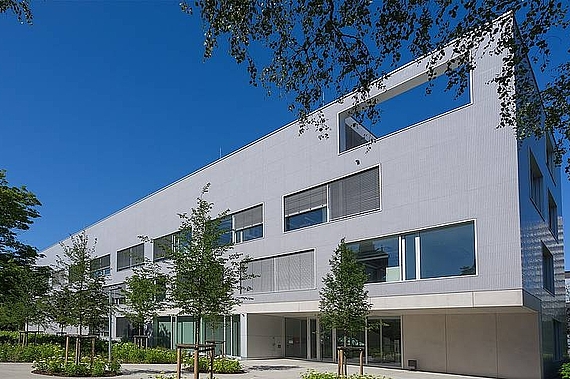
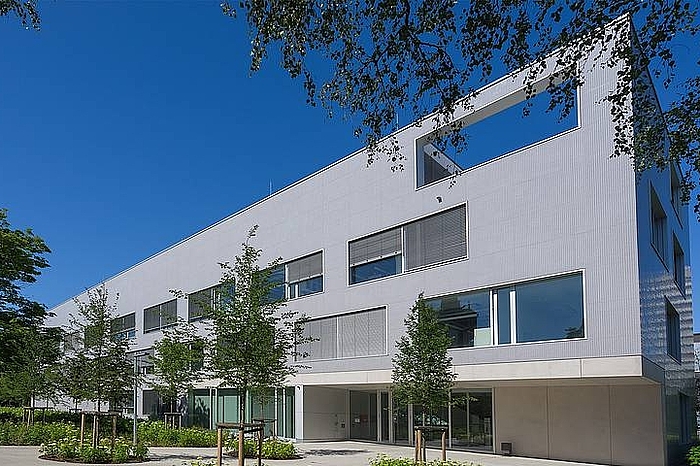
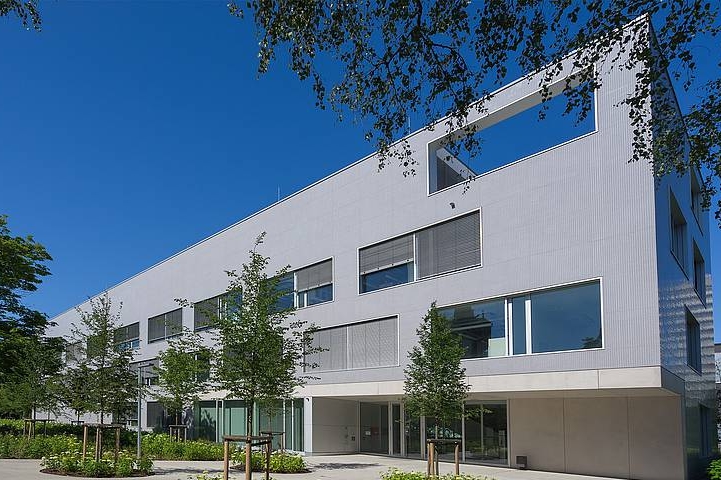
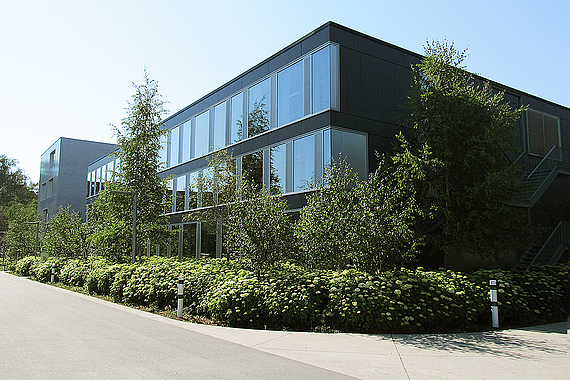
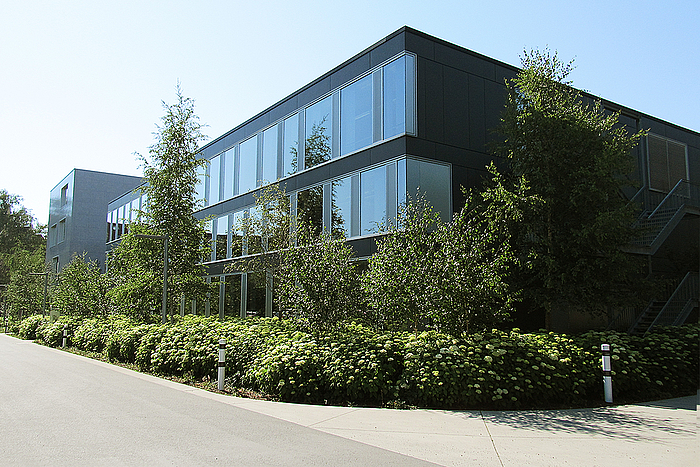
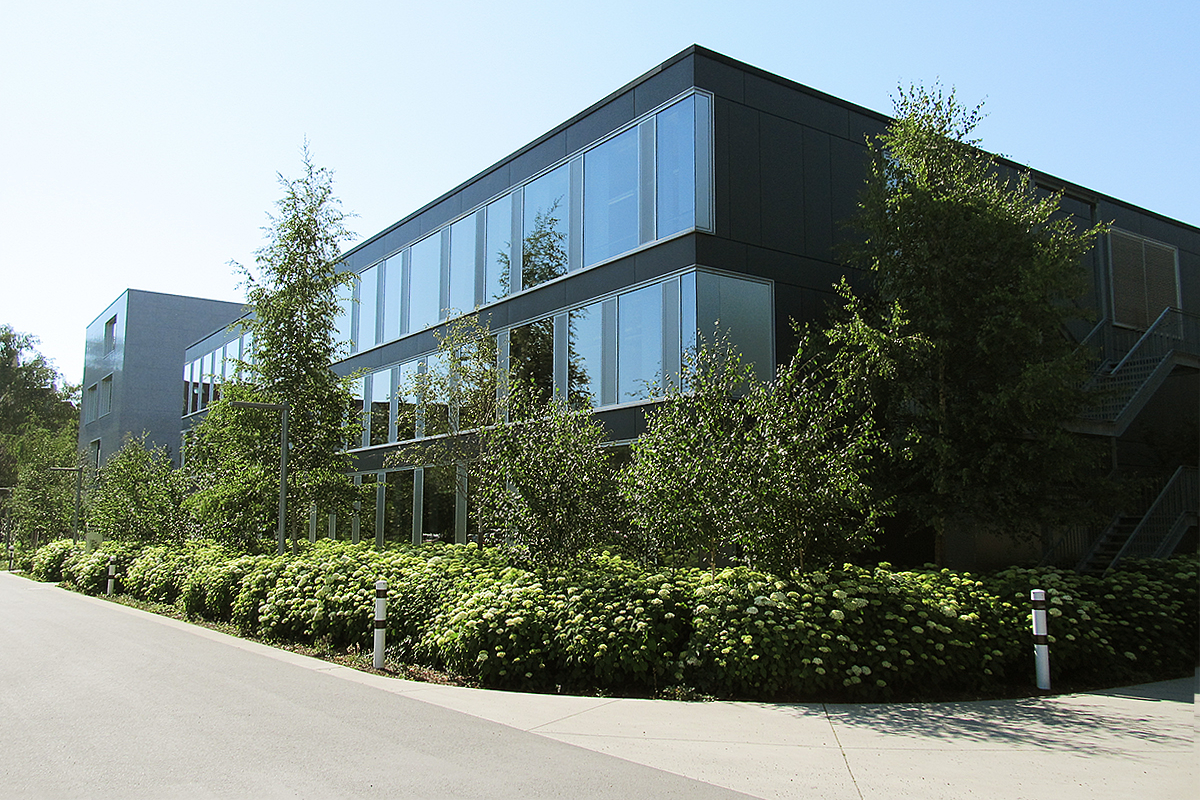 ©
© Fritz Schulze-Wischeler
©
© Fritz Schulze-Wischeler
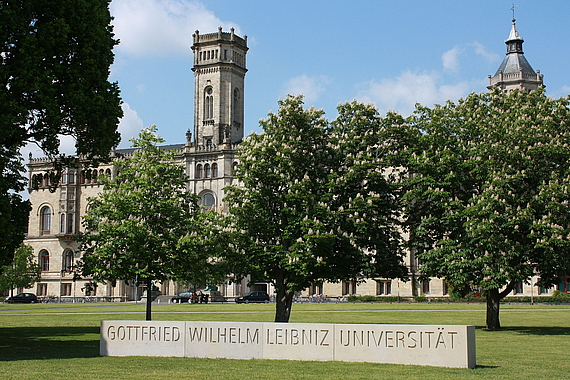
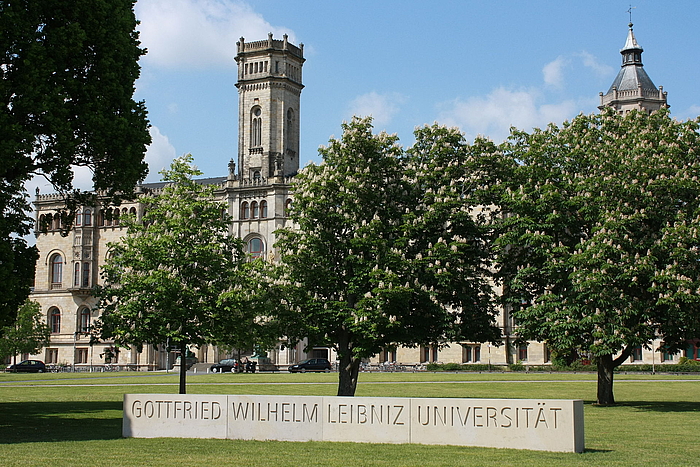
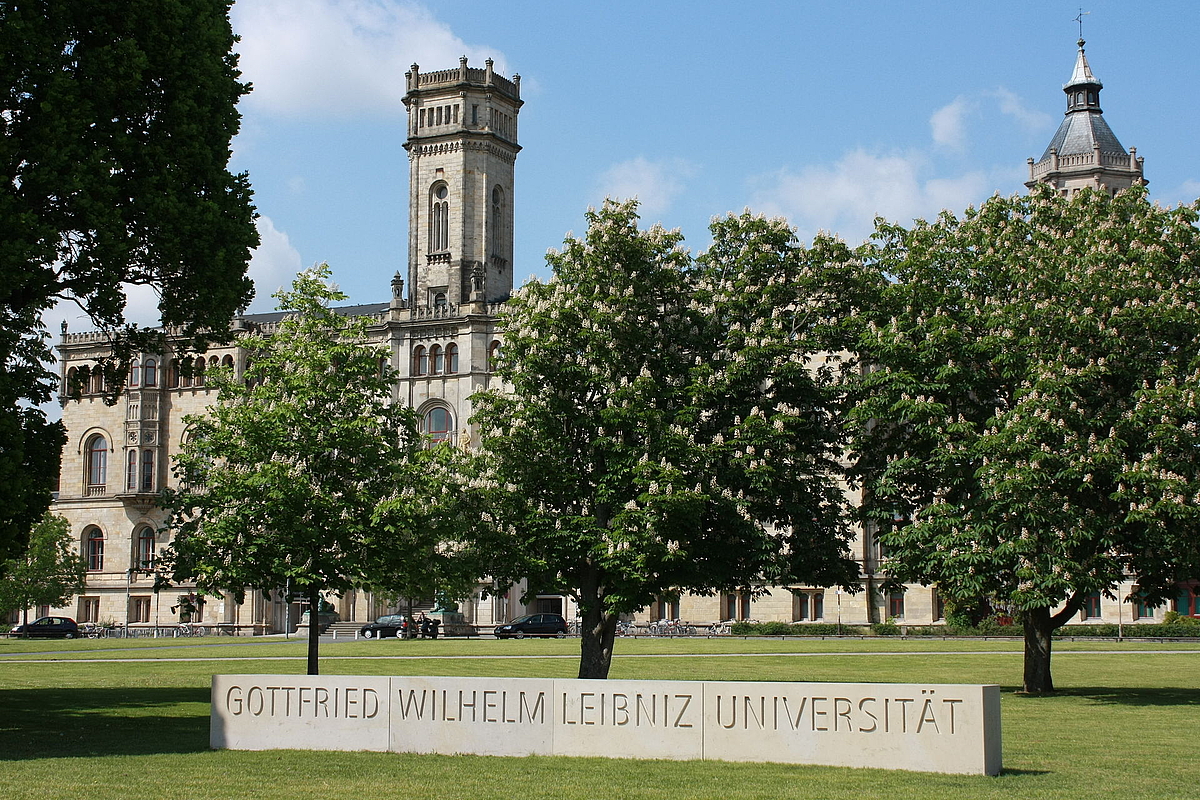
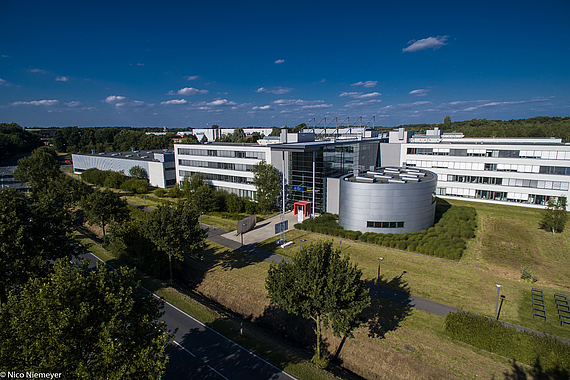
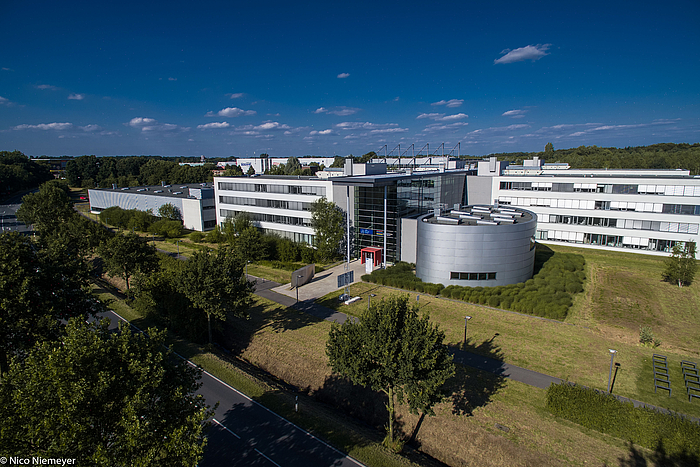
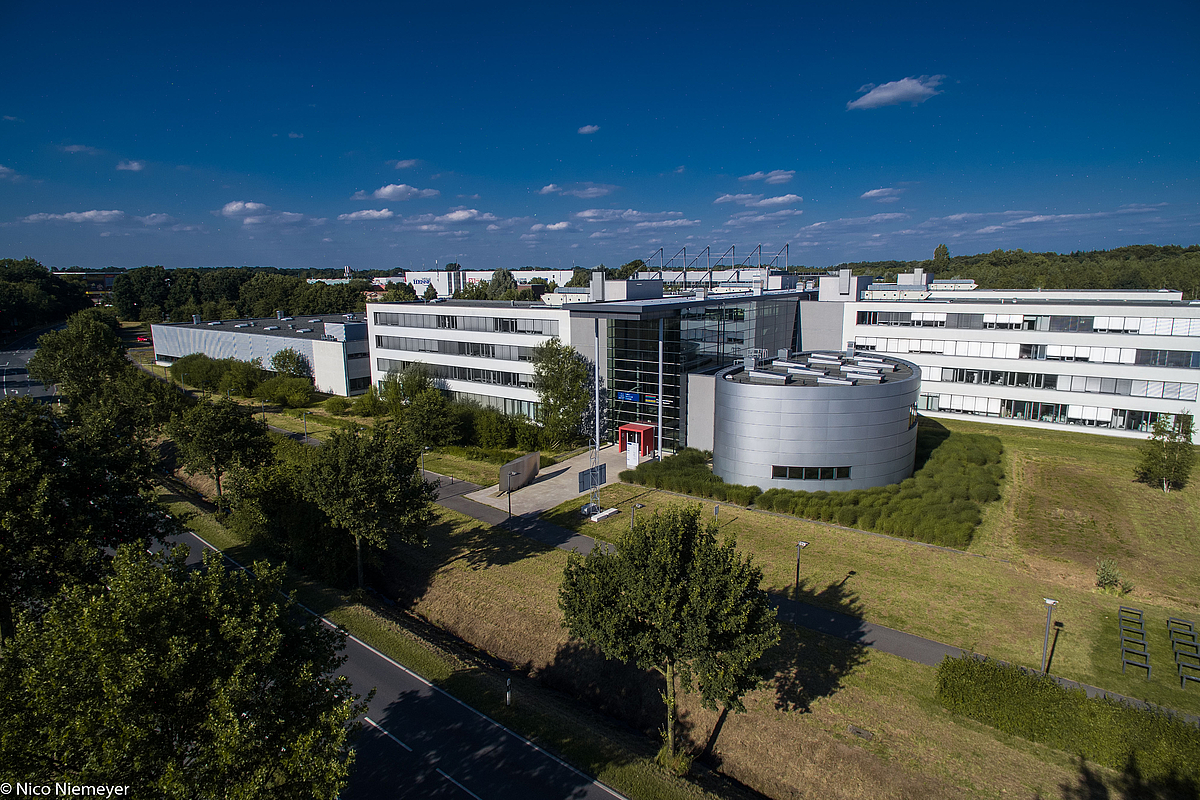 ©
© Nico Niemeyer
©
© Nico Niemeyer
In addition to the buildings for the Centre of Biomolecular Drug Research (BMWZ) and the new Laboratory of Nano and Quantum Engineering (LNQE) – with their laboratories, equipment and, in particular, clean rooms – which were funded by the state and federal governments, the first phase of the Mechanical Engineering Campus Garbsen has been completed, and the seven institutes of production technology have moved in. In a second phase, seven further buildings for eleven institutes in the fields of energy and process engineering, construction, and development, as well as a research building for the dynamics of energy conversion, are being built on a nine hectare site. The completion of all the buildings is planned for the beginning of the winter semester 2019/20 in October 2019. The total cost of the building projects funded by the state and federal governments is 143 million euros, including initial setup costs.
A research building for the Hannover Institute of Technology (HITec) currently under construction at Leibniz University Hannover will provide a cross-thematic research infrastructure for quantum technologies. Here, scientists in physics, geodesy, and engineering will conduct pure and applied research and develop technology in the areas of quantum physics and geodesy. In addition to the Einstein Elevator, a further development of the traditional drop tower for experiments under zero-gravity conditions, the HiTec building will be home to fibre-draw equipment for the development and production of radiation-resistant optical high-performance fibres.
Cooperative projects under one roof
As a research centre, Hannover benefits from the close cooperation between Leibniz University Hannover and its university and non-university partners. The joint use of buildings and infrastructure is a major advantage here.
NIFE
At the Lower Saxony Centre for Biomedical Engineering, Implant Research and Development (NIFE), scientists from Leibniz University Hannover, Hannover Medical School (MHH), the University of Veterinary Medicine Hannover (TiHo) and the Laser Zentrum Hannover e.V. (LZH) have been working under one roof since 2015. NIFE’s goal is to pool transdisciplinary research and development, with a special emphasis on implant research in Lower Saxony. The resulting synergies and direct contacts serve the efficient development of innovative implants.
Albert Einstein Institute Hannover
Together with the Max Planck Institute for Gravitational Physics Hannover, as well as partners from Scotland and England, Leibniz University Hannover runs the interferometric gravitational wave detector GEO600. Scientists from the Max Planck Institute for Gravitational Physics and the Institute for Gravitational Physics at Leibniz University Hannover analyse data streams from the international network of gravitational wave detectors. GEO600, which is part of the worldwide LIGO Science Collaboration (LSC), is unique in Germany.
Laser Zentrum Hannover e.V.
At the Laser Zentrum Hannover e.V. (LZH), scientists from Leibniz University Hannover collaborate with colleagues from Technische Universität Clausthal and Technische Universität Braunschweig, among others. Research, development, advising, training, staff development and the education of young researchers are the primary tasks in the core research areas of optical components and systems, optical production technologies and biomedical photonics.
Large Wave Flume (GWK)
The Large Wave Flume (GWK), which has been in operation at Leibniz University Hannover since 1983, is the largest publically accessible research facility of its kind in Europe. The overall aim of the investigations at the GWK is to conduct scientific research on hydrodynamic, morphodynamic and ecological processes on the coast and in coastal zones, including their effects on a range of structures. The expansion of the facility, which is jointly operated with Technische Universität Braunschweig, is currently being planned.
Test Centre for Support Structures (TTH)
The Test Centre for Support Structures (TTH) is a collaborative project between Leibniz University Hannover and the Fraunhofer Institute for Wind Energy and Energy System Technology, established with the support of the Federal Ministry of Economic Affairs and Energy (BMWi), the European Regional Development Fund (ERDF) and the State of Lower Saxony. Since 2014 it has been possible to investigate the load-bearing and fatigue behaviour of the support structures and foundations of wind-energy plants on a large scale.
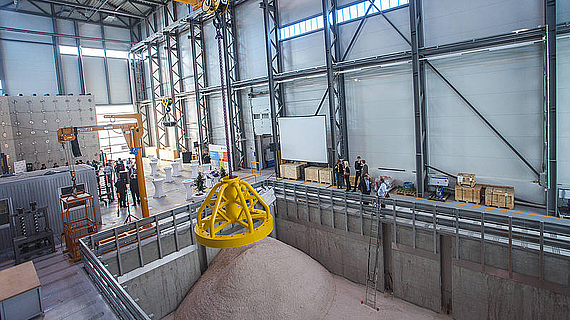
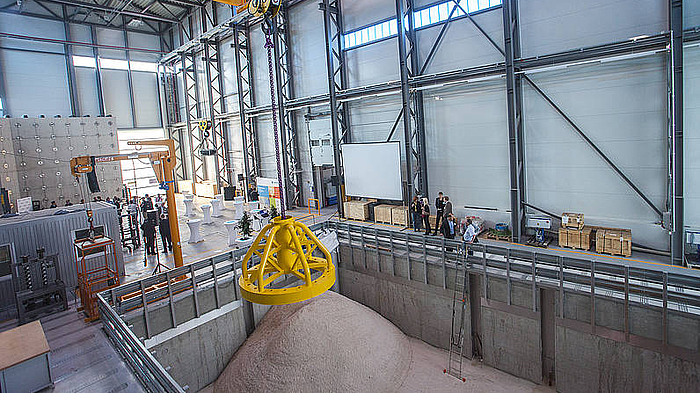
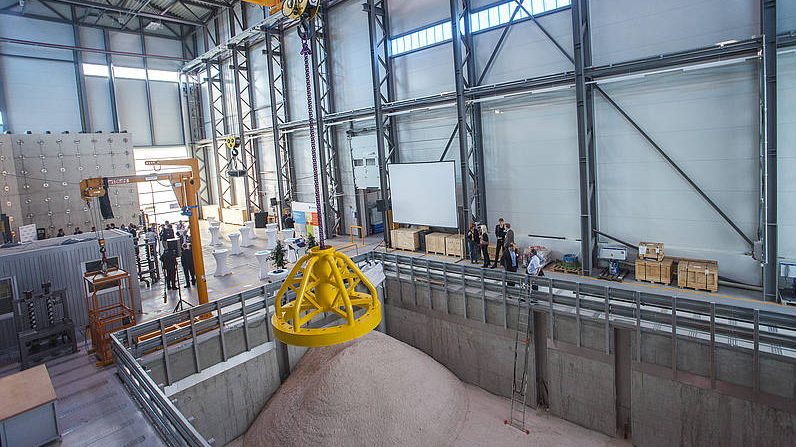 ©
Mathias Schuhmacher / LUH
©
Mathias Schuhmacher / LUH
Your contact person
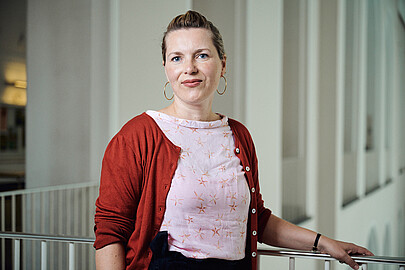
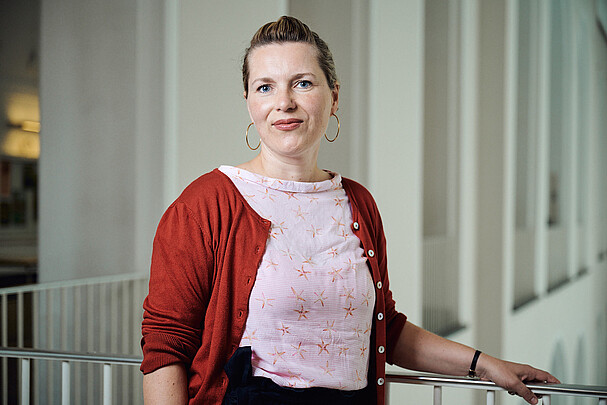 © Moritz Küstner / LUH
© Moritz Küstner / LUH
30167 Hannover

 © Moritz Küstner / LUH
© Moritz Küstner / LUH








